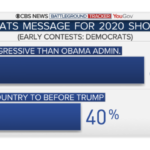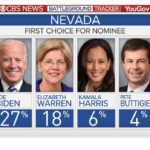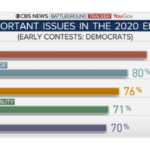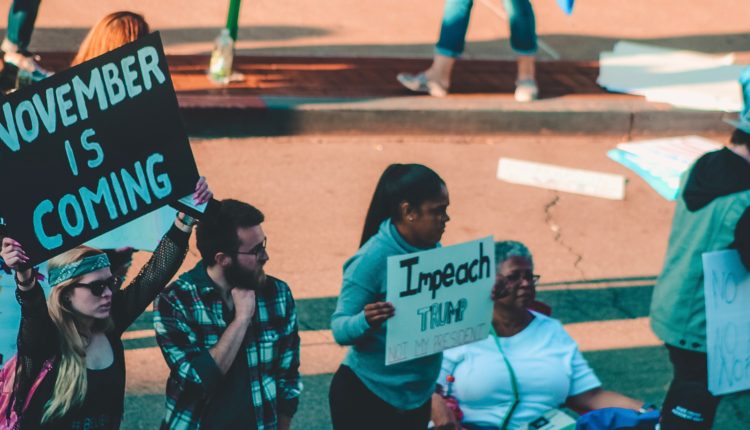 Photo by Rosemary Ketchum from Pexels
Photo by Rosemary Ketchum from Pexels
Keep your eyes on the states, not the national polls
National polls have Joe Biden with a substantial lead over about 20 Democratic Party hopefuls who want to challenge President Donald Trump in November of next year. Those same polls, as I demonstrated in my column last week, have Trump trailing, but statistically tied, with the three Democratic front runners — Biden, Bernie Sanders and Elizabeth Warren.
What does it mean? Possibly nothing: There’s still more than a year to go before the election and much can happen between now and then.
In the process, you will continue to hear that this person or that one has a better chance than the others to beat Trump because he is a man or she is a woman, he or she is black, white, female, old, young, more moderate, less liberal, or all of the above. I have found those reasons — I mean that of ‘the one with the greatest possibilities of winning’ — usually to be talking points from the Party itself trying to steer the voting public in the direction they want to take them. In the end, the candidate who beats Trump, if there is such a person right now, is the one who convinces Democrats, and a large swath of independent voters (again, read last week’s column where I mention registered No Party Affiliation voters), that he or she will lead this country in the direction a certain number of strategic voters (depending on the state they’re from) wants to go.
To date, that person does not exist.
As for Biden and his substantial national lead, allow me to compare next year’s race to the 2008 election when there was an unpopular Republican in the White House (although W. Bush was in his second term, unlike Trump), and Hillary Clinton (the anointed one) was being challenged by a young senator with a strange name, Barack Hussein Obama. Less than a month before the first 2008 primary, a USA Today/Gallup Poll showed Clinton leading the field of Democratic Party contenders by a wide margin. In that Dec. 14-16, 2007 poll, Hillary was at 45 percent, while 27 percent of Democrats supported Obama and 15 percent supported Sen. John Edwards. The rest of the field went as follow: Joe Biden (3%), Gov. Bill Richardson (2%), and Rep. Dennis Kucinich (2%).
While Hillary was way out front nationally, pre-caucus Iowa polls had Obama at 32 percent, Clinton was at 25 percent with a slight lead over Edwards at third with 24 percent. The results of that caucus changed everything and made Obama a front runner. He ran away with the Iowa caucus with 37.6 percent, while Edwards edged out Clinton 29.7 percent to 29.4 percent.
Hillary bounced back the following month in New Hampshire, but Obama’s Iowa victory changed the race’s narrative and as we all know the man with the funny name became the first African-American president of the United States.
After that brief bit of recent history, I would now ask you to turn your gaze to 2019, still four months from the first of many primaries, and note that at that level — the state level, where presidential elections are won — the race is much closer, according to CBS Battleground Tracker polls.
As of Sept. 9, CBS reported that “the former vice president now clings to a narrow lead over Warren in our CBS News/YouGov Tracker estimate of convention delegates — the only count that ultimately matters — with an estimated 600 delegates of all delegates available through Super Tuesday, to Warren’s 545.
“Warren has gained delegate share as supporters of other, lower-tier candidates have been switching their preferences toward her.”
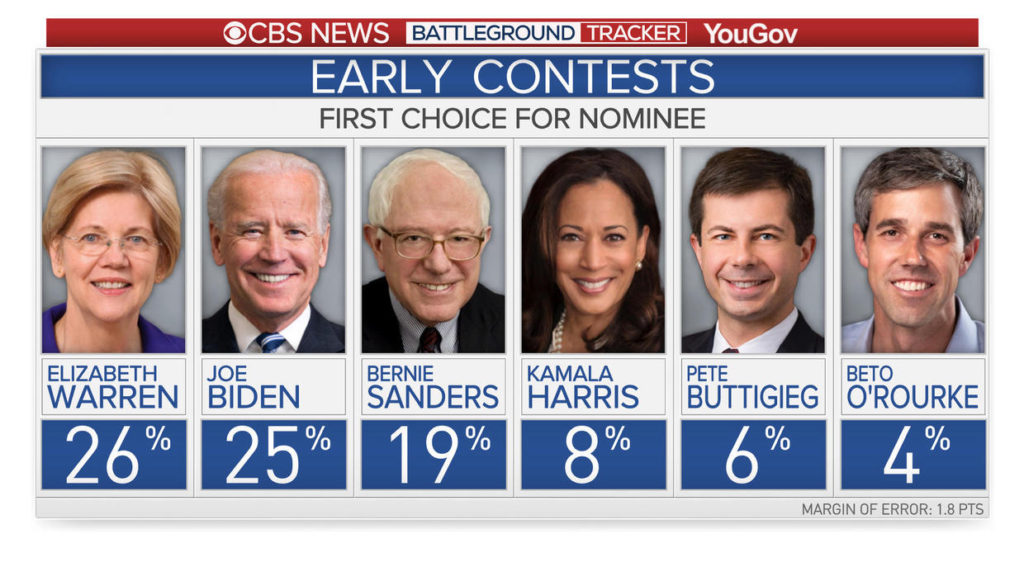 The Iowa caucus, the first of many primaries, makes possible the reshaping of this race. Until that night, you may continue to hear that Biden leads nationally, which may be true, but that does not necessarily mean he will win the nomination.
The Iowa caucus, the first of many primaries, makes possible the reshaping of this race. Until that night, you may continue to hear that Biden leads nationally, which may be true, but that does not necessarily mean he will win the nomination.
“State by state in vote preference, New Hampshire now sees Warren just slightly up over Biden and Sanders in first-choice preference there, effectively making the primary there a three-way contest. Biden holds onto a small edge over Sanders in first-choice preference in Iowa to go with that still-sizable advantage in South Carolina. Meanwhile, Sanders has a narrow edge over Biden in Nevada,” says CBS News based on their polling.
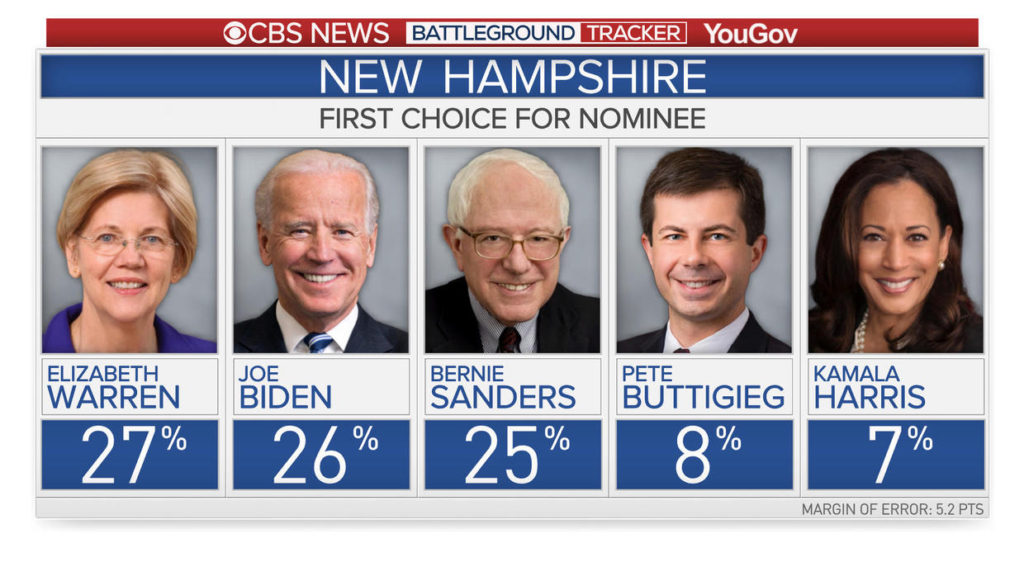 In other words, nobody really knows who will win this thing.
In other words, nobody really knows who will win this thing.
Two things to consider. One, and this favors Biden. As you will note below, which shows results of the South Carolina poll, Biden has a wide lead. And there’s a good reason for that. One that makes Biden a formidable foe.
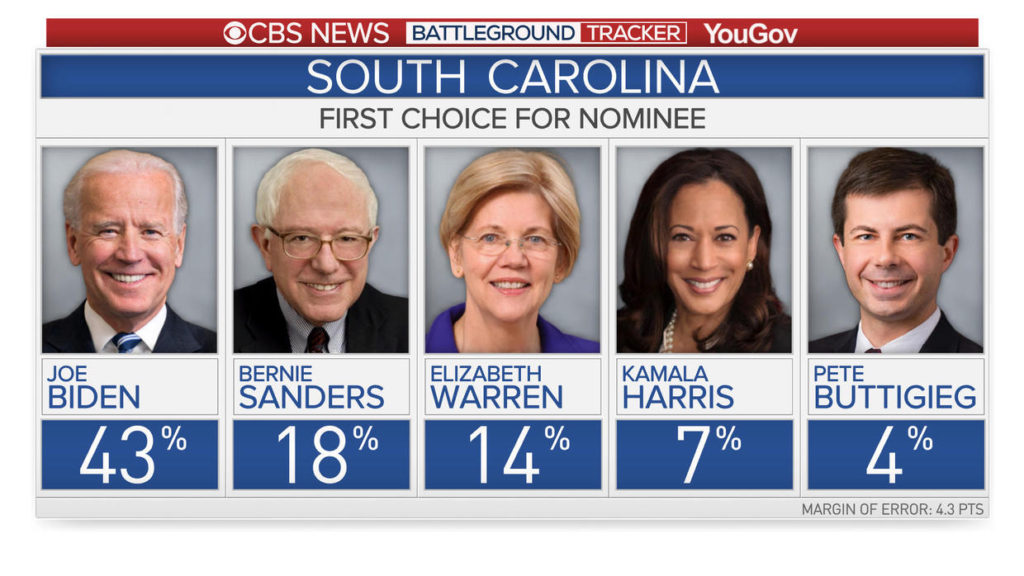 South Carolina is the first of the primary states where the black vote is consequential. And Biden, at this early stage, leads all Democrats by a wide margin among black voters.
South Carolina is the first of the primary states where the black vote is consequential. And Biden, at this early stage, leads all Democrats by a wide margin among black voters.
Politico reports that “Joe Biden has amassed a staggering lead among older African Americans, commanding nearly two-thirds support of black voters 65 and older in the most recent Morning Consult poll. Bernie Sanders is the favorite of black millennials, though his margin with that group is much smaller. Among all black voters, Biden is leading Sanders, 41 percent to 20 percent.”
It is important to emphasize that black voters are the most loyal Democratic voting bloc usually voting at a higher than 80 percent clip for the Democratic Party candidate. But it is also important to point out that in 2008, Barack Obama, a black man, was trailing Hillary Clinton among black voters — before the Iowa caucus.
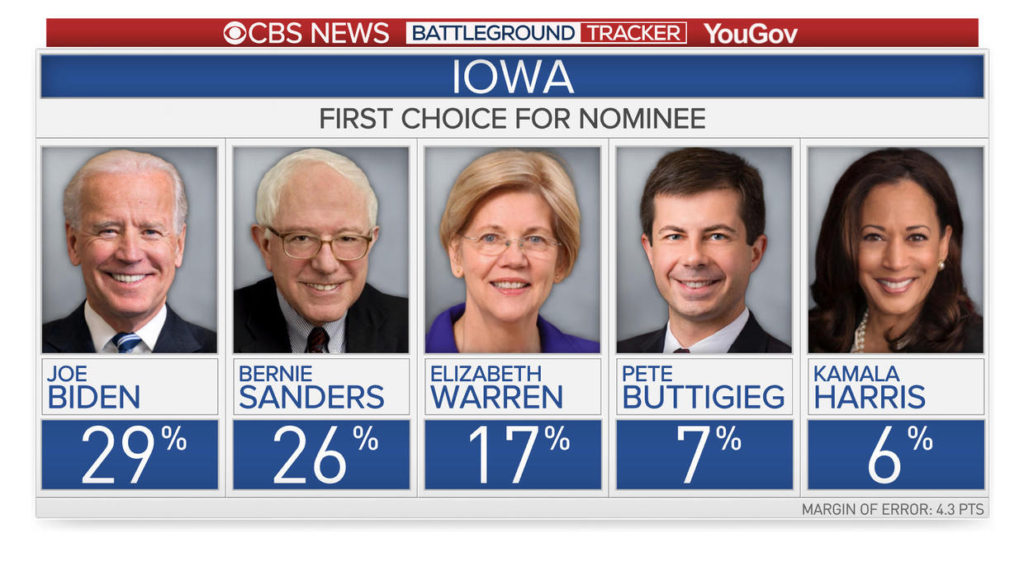 Going forward there are several things to consider. First, how the economy performs in the months leading to the election will be of primary concern to the president. “The economy, stupid,” was the phrase coined by Bill Clinton campaign strategist James Carville during his 1992 election when he beat the senior George Bush. And the economy is usually the tipping point in most presidential elections. There’s also health care and the environment, both will play a determinant role in who wins the 2020 presidential election.
Going forward there are several things to consider. First, how the economy performs in the months leading to the election will be of primary concern to the president. “The economy, stupid,” was the phrase coined by Bill Clinton campaign strategist James Carville during his 1992 election when he beat the senior George Bush. And the economy is usually the tipping point in most presidential elections. There’s also health care and the environment, both will play a determinant role in who wins the 2020 presidential election.


